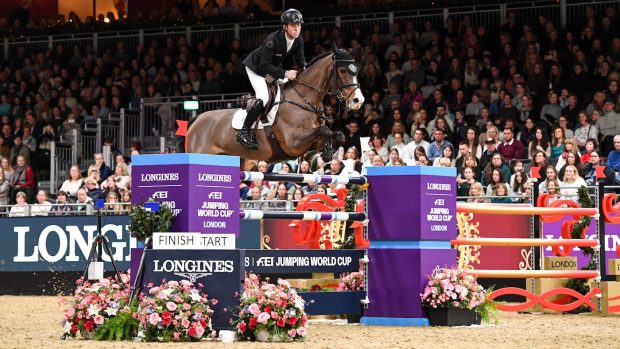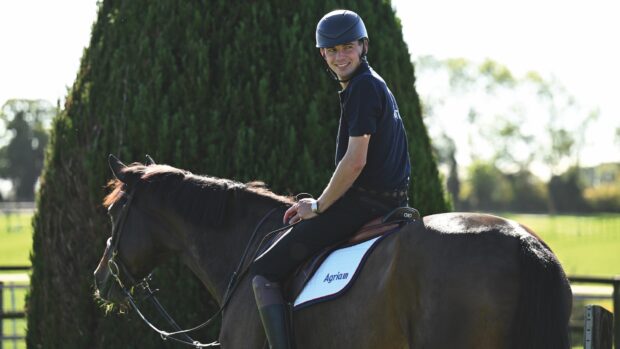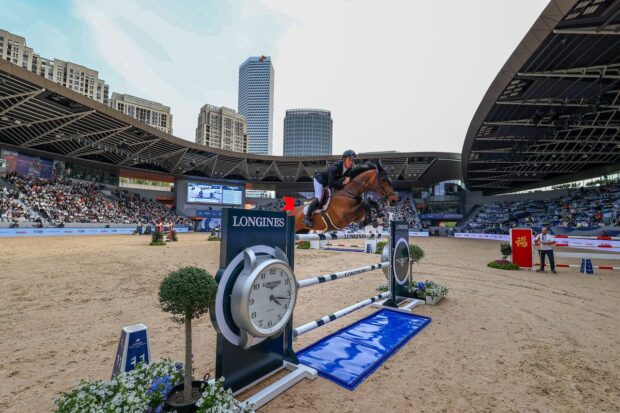1. What heights would you set fences in a grid for training a young horse and re-schooling an older horse?
It depends on the horse’s capabilities but I would always start off with a jump no less than 2ft high with a good ground line. Cross poles are good to start a young horse off, as they aim him at the middle of the fence. I would then build up the height to 2ft 9ins or 3ft in the grids.
With a horse which needed re-schooling, I would still use cross poles but make them higher – about 3ft in the centre.
The aim of a grid is to gain a horse’s confidence and teach him to go slowly and absorb what he is doing. The only way to do this is by lots of trot work in the early stages. This encourages him to drop hishead and look at the poles on the floor, which in turn helps him to judge the height and width of the fences.
2. My horse consistently jumps to the left. What would you advise me to do?
I would probably start byasking him to jump a grid of three or four sets of cross poles, set quite high. This would encourage him to go straight.
Another way is to lean a pole on the fence, to the left of centre, with about 18ins sticking out above the fence line.
Whatever rein you approach on, I would advise landing and going right-handed – if a horse jumps to the left, he will usually land on the left lead and you want to teach him to land on the right as well.
Lots of leg-yielding in your flatwork will also help to get him off the left leg. He must be responsive to your leg, as too much hand will make him jump hollow.
3. My young horse gets very strong when I school him over fences.
He has been broken for four months, has flatwork three times a week and jumps once a week. I ride him in an eggbutt snaffle and running martingale but I spend most of my time hanging onto him. Should I change to a stronger bit and if so, which one?
With a horse is as strong as yours, you should concentrate on flatwork six times a week. You can then incorporate trotting poles as part of the flatwork.
One reason for his pulling could be that he is hard and dry in his mouth. If this is the case, I would recommend a loose-ring snaffle.
This will encourage him to play with the bit and develop moisture. When you are schooling, talk to him and get him obedient to your voice. Do lots of halts, telling him to “steady” or “whoa” as you give the aid. Over a period of time, he should learn to respond to your voice and this will help you to lighten your hand.
Changing to a stronger bit is not always the answer, as some horses will just pull more.


